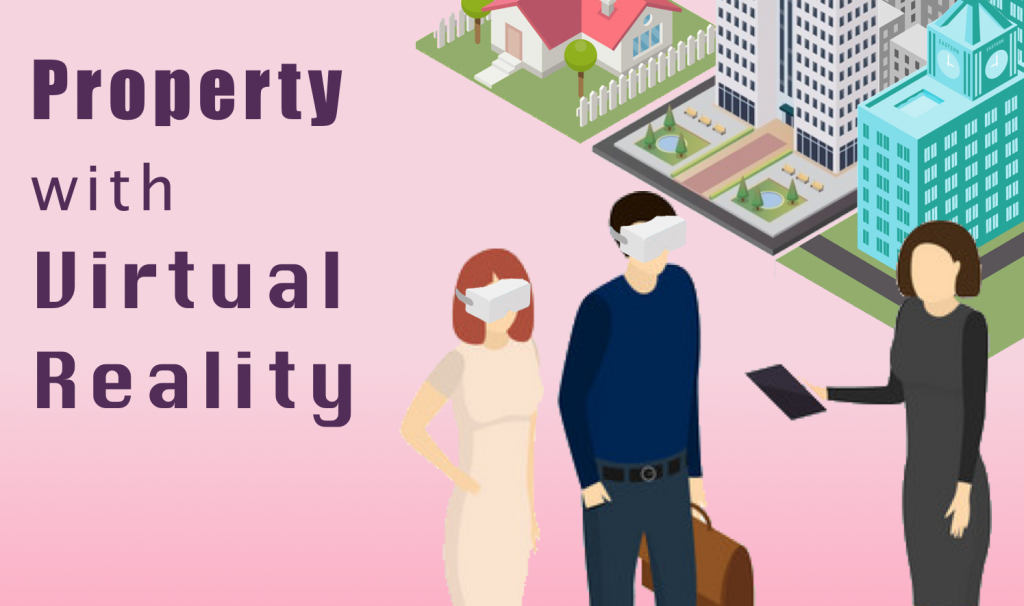
Video games have become an integral part of human development and as a learning tool, games continue to evolve. All game developers want the same thing: – For their game to be good and have success in the market. Game developers know that to be successful is to have as many audiences as possible at the same time engaging as many gamers as possible. What most developers are not aware of is that not every gamer can play their game because the gamer themselves cannot access the game.
Accessibility means avoiding unnecessary barriers that prevent people with a range of impairments from accessing or enjoying your output. According to Game Accessibility Guidelines, “15% of the population is disabled, rising to 20% amongst casual gamers”. Increasing accessibility in your games means expanding your audience and increasing depth of user experience. Therefore, augmenting the chance of success.
Gamers play games for entertainment, not to experience a sense of frustration and every gamer, including the disabled gamer, wants to enjoy games. It is the game developers’ responsibility to be aware and ensure their game is accessible to as many audiences as possible.
“Games give you a chance to excel, and if you’re playing in good company you don’t even mind if you lose because you had the enjoyment of the company during the course of the game.”
(Gary Gygax, an American Game Designer)
Types of disability among gamers range from visual, auditory, mobility, to cognitive disabilities. Each disability has their weaknesses but at the same time can be solved by supporting the gamers’ other senses. For example, if the gamer is color blind, the visuals could have a color-blind mode.
Gamification Company such as Gameka could help with the development of accessible games. How does gamification can help disabled gamers?
Gamification helps to modify the games according to what the developer wants to focus on. For example, there are cases that gamers are experiencing seizures. The developer could add an Assistive Robot in the game to remind players of the possible features that could cause seizures in the game. The built-in speech recognition program for mobility disabled gamers and screen readers for visually disabled gamers is other examples.
Sony’s PlayStation already has some features to make games more accessible. The example includes: – Enable the text to speech, zoom, invert colors, larger text, and high contrast features.
It is the responsibility of game developers to make great games that are fun and accessible to all gamers. Contact Gameka for more information on Gamification services to increase the accessibility of your games!




About The Author: Nabilah
More posts by Nabilah